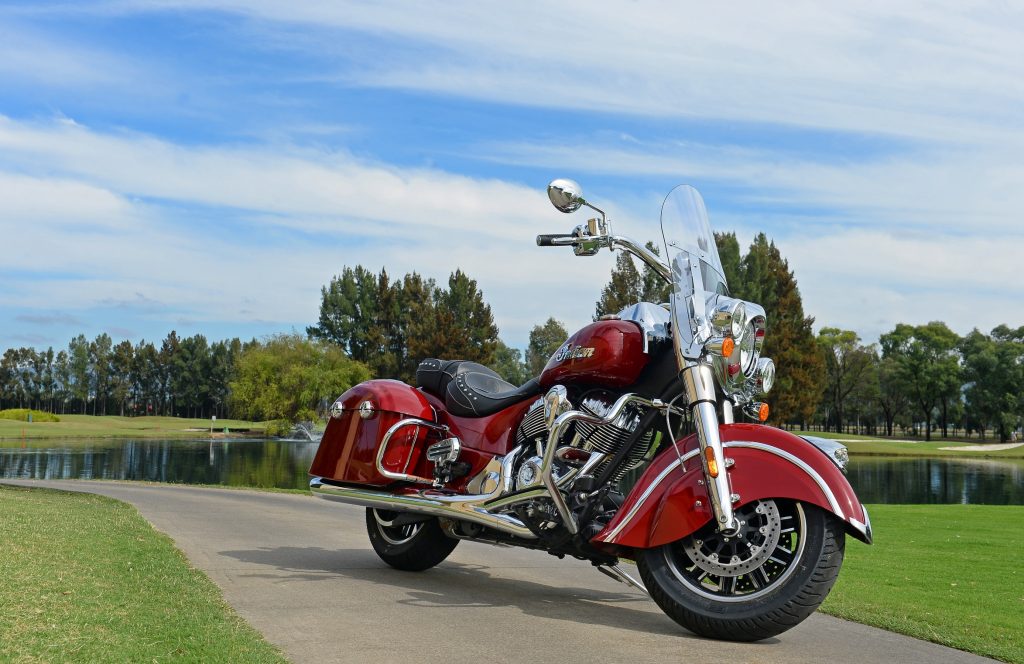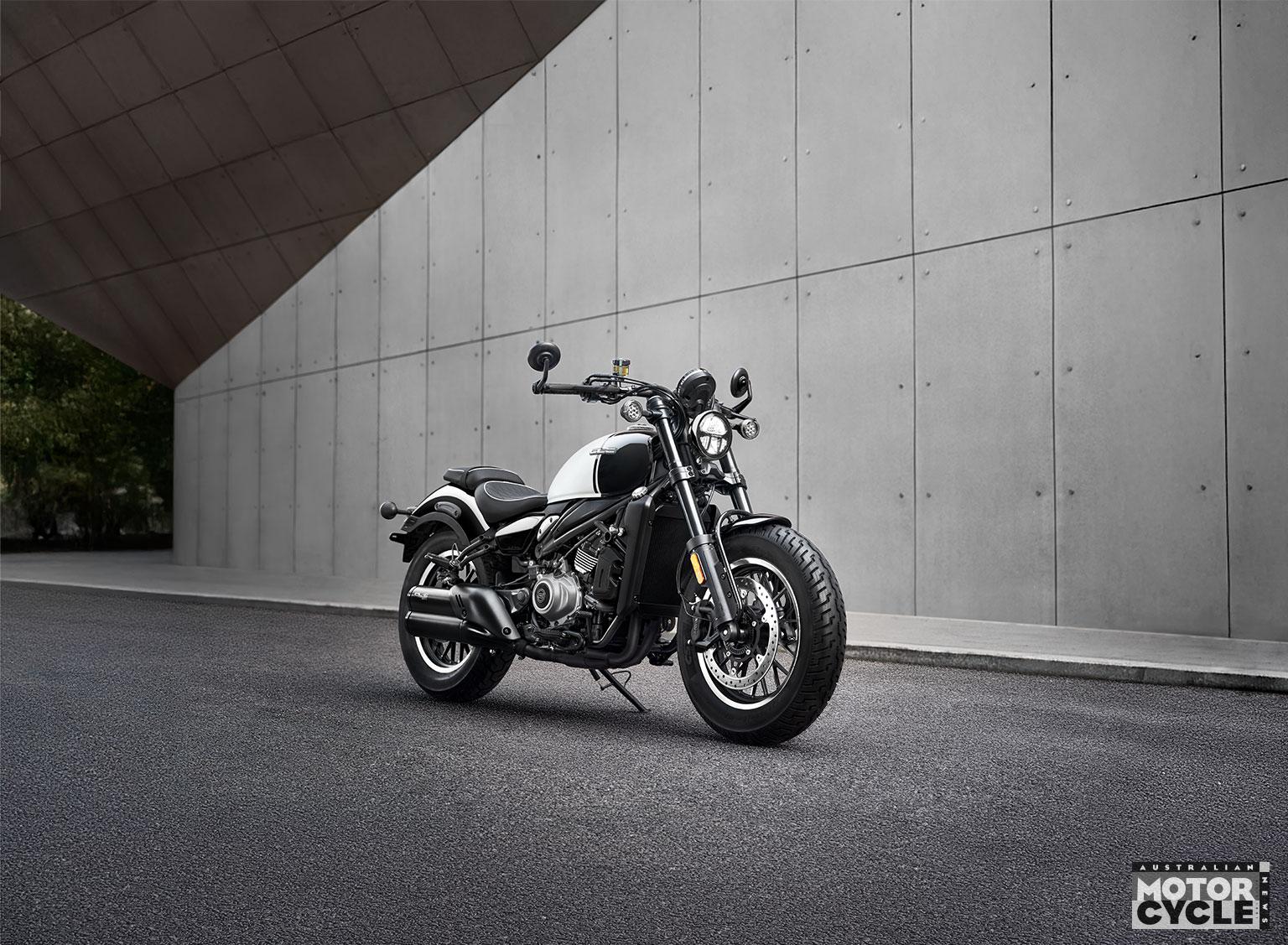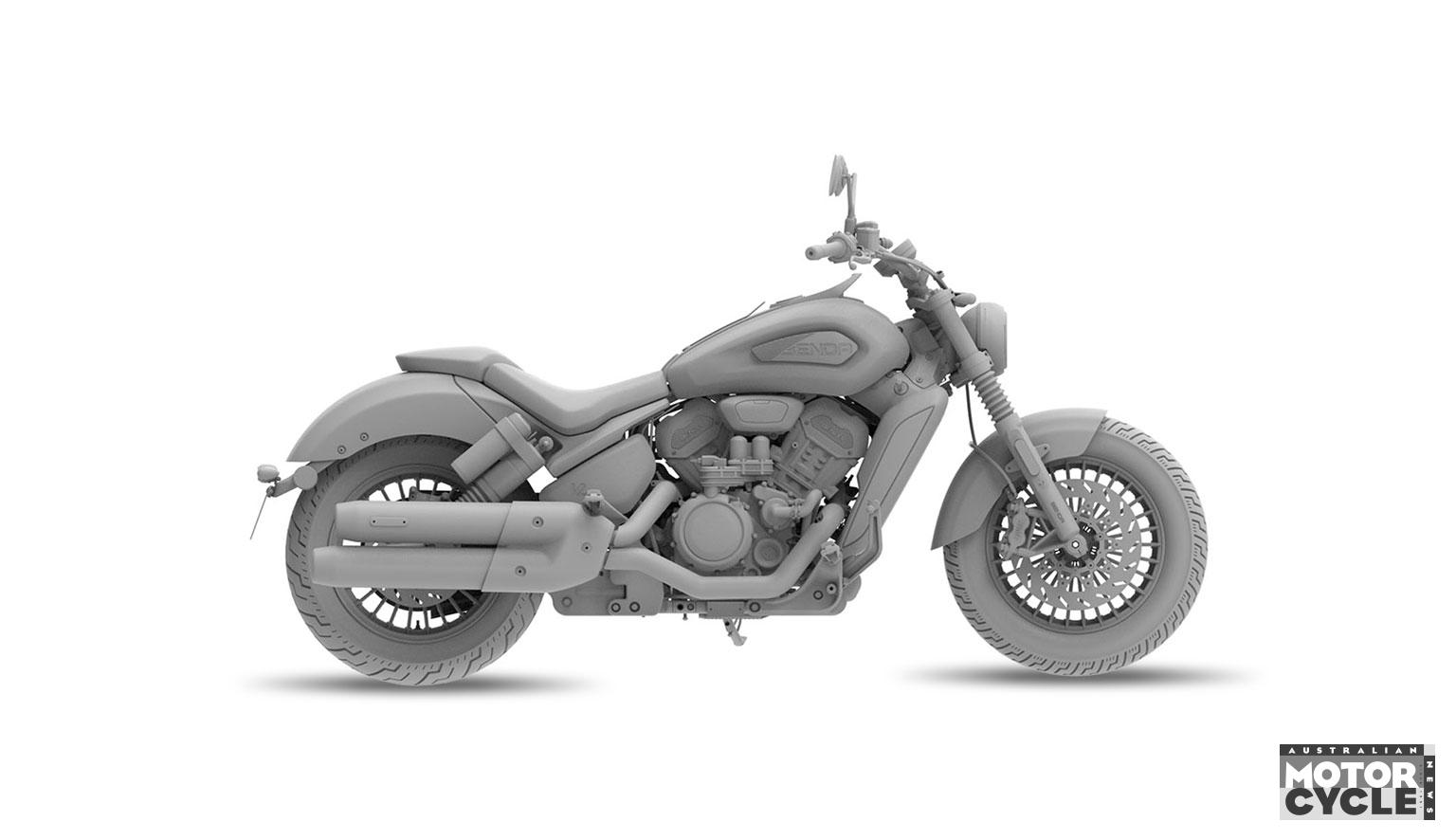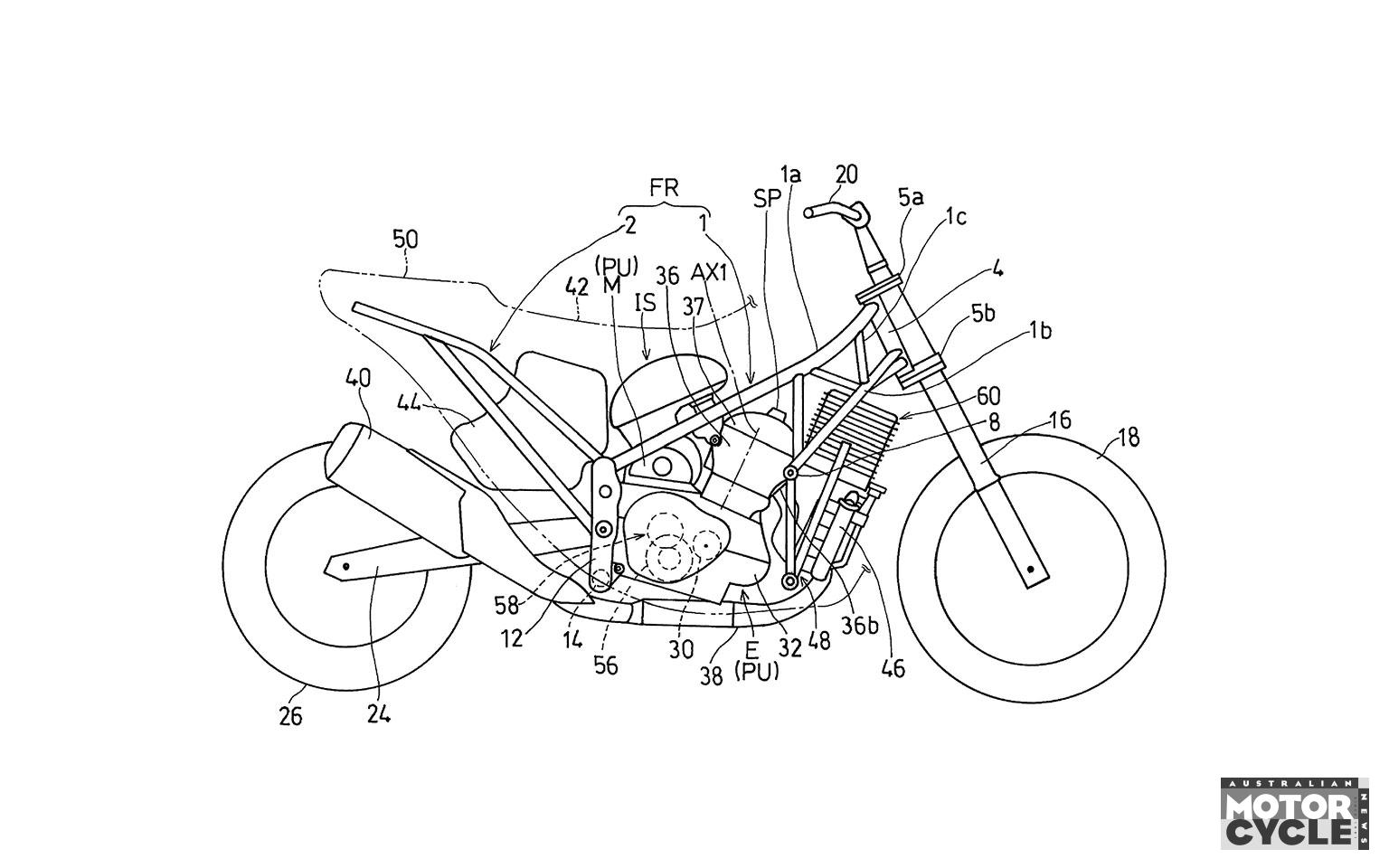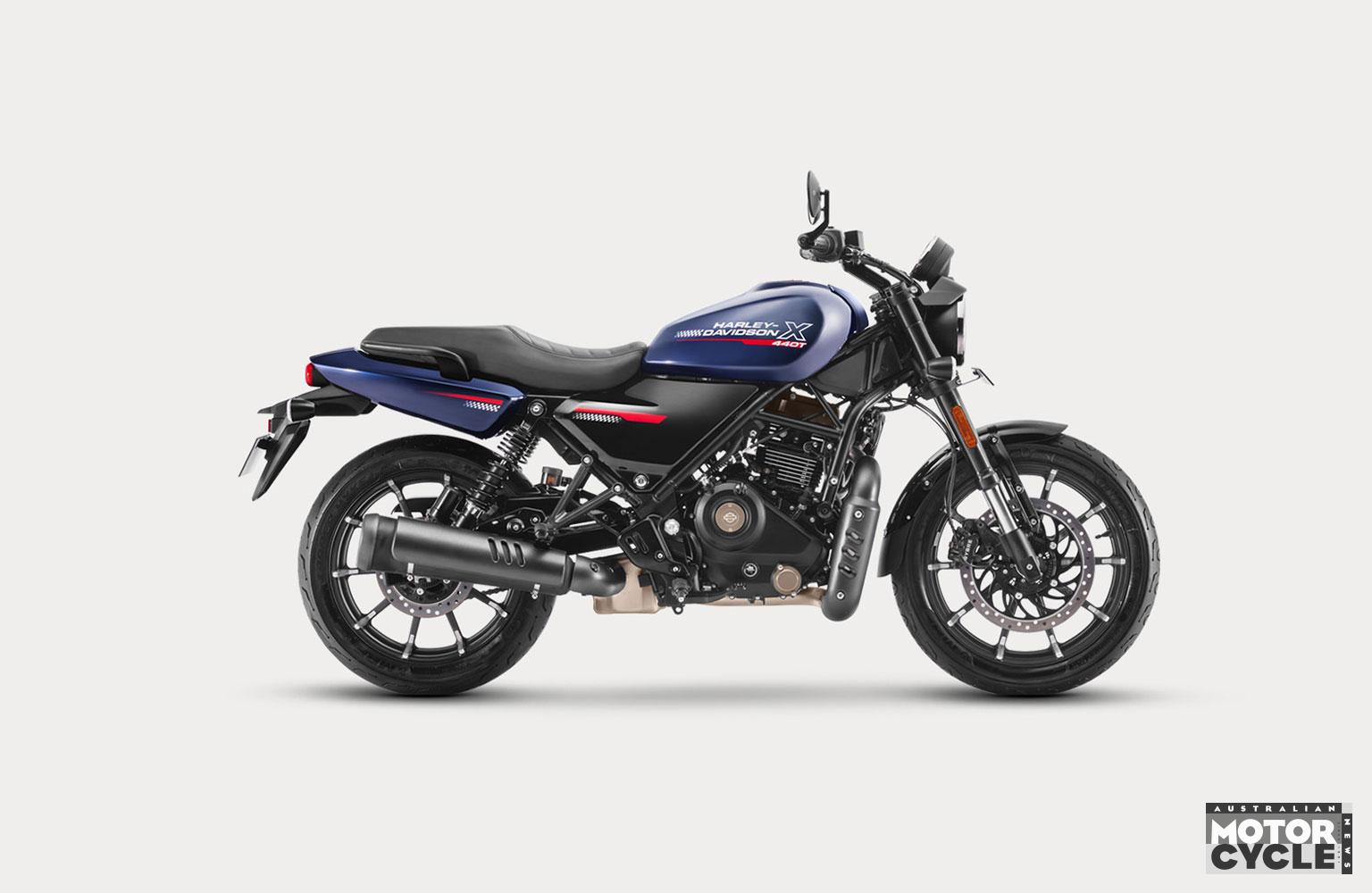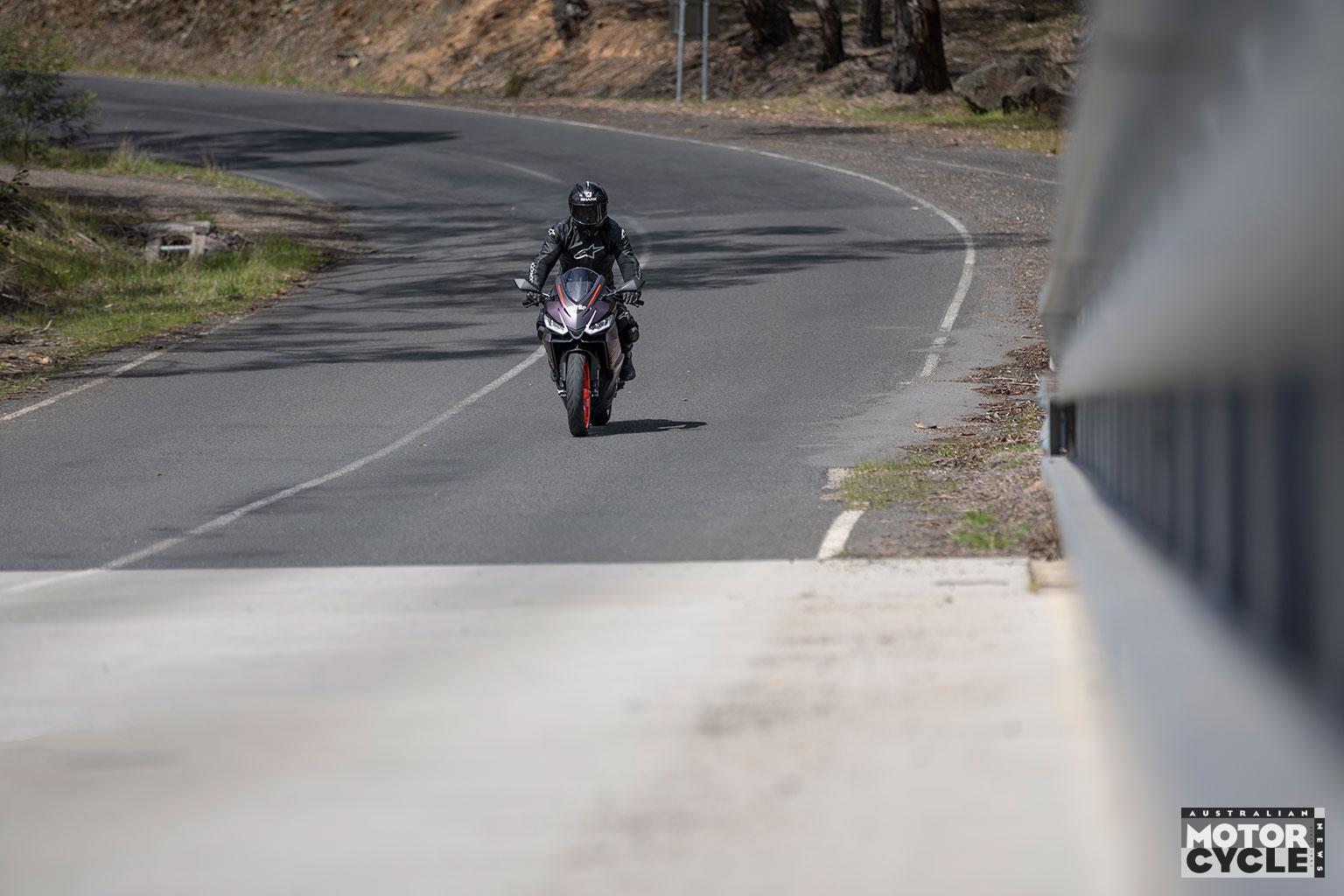A quick history lesson for any Gen Y readers – the name given to the newest Indian has nothing to do with the Simpsons. It has a little more history than that. In 1901 the first motorcycle bearing the Indian name was manufactured in Springfield Massachusetts; these days Indian is owned by Polaris Industries based in Minnesota.
The original Indian motorcycles became famous for their achievements on the racetrack, but the company’s focus in the 21st century has been on touring and cruising.
Despite that change, the Indians of today draws heavily on the company’s heritage, and the new Springfield is no exception.
The big question is, is the Springfield is a bagger, a tourer or a cruiser? Well, it seems to be all three rolled into one.

The large screen up front provides a touring persona but it can be quickly and easily removed to make it a bagger. The hard cases can also be removed with ease to convert the Springfield into a cruiser. And thanks to a smart move by designers to incorporate the required mounting points, the topbox from the Roadmaster can be installed on the Springfield, taking it back into the touring realm.
Like the entire Indian range except for the Scout, the Springfield has at its heart the Polaris designed and built Thunderstroke 111 engine. As well as being an awesome 1811cc air-cooled V-twin powerplant choc full of torque (161.6Nm), it’s also a gorgeous looking motor covered with lashings of chrome and stylish touches. This includes airfin covers over the exhaust outlets to make it appear as through the pipes are exiting from the side of the cylinder in the same fashion as the side-valve motors of old.
With two full days of riding ahead and four Springfields to choose from in various states of optioned-up dress, I spent the first few hours on a bog standard model before upgrading to a unit fitted with the optional Touring Thunder Stroke stage 1 slip-on exhaust kit ($1070) and a Thunder Stroke high flow air filter ($690). The difference in feel, sound and performance between the two is like night and day. The upgrades allow the Thunderstroke 111 engine to breath with ease, and my advice to any potential Springfield purchasers is if you don’t intend to invest the extra cash into the stage 1 kit, do not ride a demo model with it fitted – it’s better you reman blissfully unaware of what you are missing.
The chassis is where you will find a host of changes that set the Springfield apart from its Chieftain and Vintage siblings. I have previously applauded the Vintage, along with its Classic and Dark Horse derivatives, for its sweet handling chassis, and while it must have been tempting for the Springfield designers to simply use this as a base, a few small geometry tweaks have provided the new bike with its own set of unique handling characteristics. The 25-degree rake angle is the same as the Chieftain and four degrees less than the Vintage (29 degrees). The trail is the shortest of the three at 132mm (150mm Chieftain / 155mm Vintage) While the wheelbase of 1702mm makes it piggy-in-the-middle (Chieftain 1669mm / Vintage 1729mm).
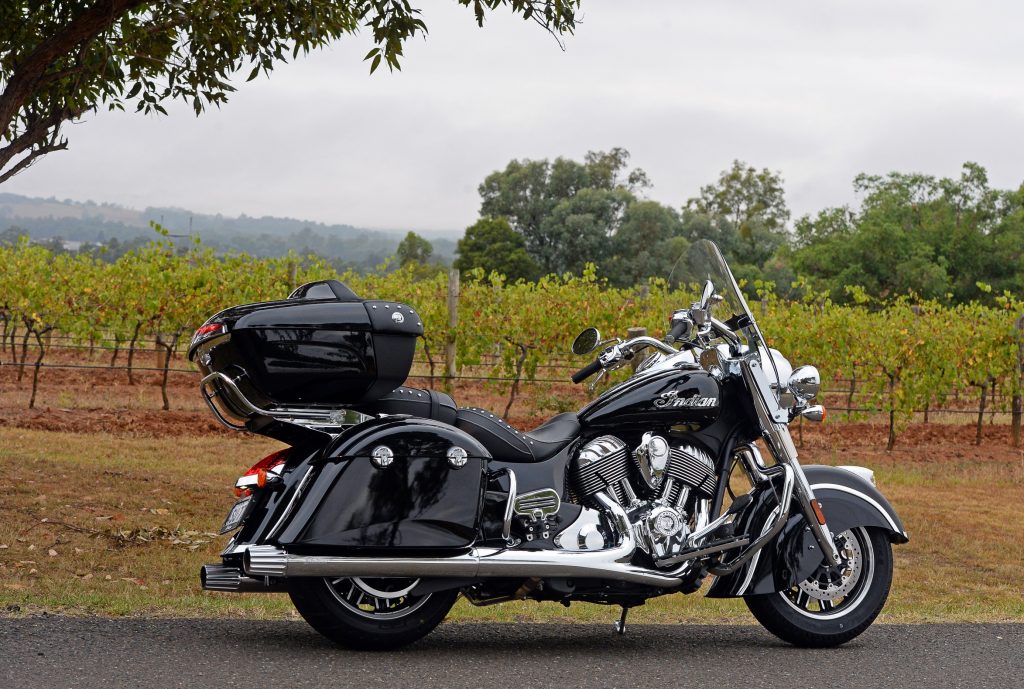
From the rider’s seat the swept back handlebar at first appears a little narrow, however, after riding for a short time the positioning starts to make sense and feel comfortable. The narrowness also positions your hands and shoulders more behind the screen and protects you from buffeting. The screen is a traditional large Perspex design that works well with the heritage styling of the Springfield. Being on the taller side, my line of vision was over the top of the screen, yet I was still out of the wind blast. Shorter riders in the group reported having trouble seeing through the screen due to vibrations and sun reflection.
The 46mm front fork with 119mm of travel and air-adjustable rear monoshock with 114mm of travel provide a smooth and comfortable ride on A-grade roads, though things did get a little bouncy when the pace picked up on the B-grade backroads north of Sydney. Still, it was nowhere near as bad as the pounding my back has received on similar-sized tourers and cruisers along the same road.
Speaking of picking up the pace, while it had no trouble piling on the speed, the Springfield did suffer from a little head shake when pushed out of its comfort zone through the twists of the Old North Road. The sweet handling of Indian’s lovely cast aluminium chassis remains, but the longer wheelbase and shorter trail has slightly slowed the Springfield’s responsiveness compared to the Chieftain.
The footboards are set high enough to only scrape when you are really hooking into a corner, but the trade off for taller riders like me is that your knees sit higher than the tank.
Twin 300mm floating disk brakes and four-piston calipers look after stopping duties up front with a 300mm single disk and two-piston caliper at the rear. The ABS equipped anchors do an exceptional job of pulling up the 388kg wet weight of the Springfield without much complaining. At high speed they are well on the game, but there were a couple of times in traffic where the lack of initial bite caught my attention.
The Springfield slots into the Indian range between the Chief Vintage and the Chieftain. While it can be viewed as three bikes in one, it’s main strength is in short- to medium-range touring thanks to its fork-mounted screen and hard case cargo space that can easily be expanded by fitting of a topbox (which doubles as a pillion back rest). A sissy bar is also on the options list.
The Springfield is already available in Australian showrooms in a choice of Thunder Black and Indian Red, with a price tag of $33,995 ride away. It’s up against Harley-Davidson’s Road King ($32,495 ride away) but working in the Springfield’s favour is its shiny newness and the premium Indian name – the Road King is well overdue for a spruce up.
Look for a full review of the new Indian Springfield in an upcoming issue of AMCN.
